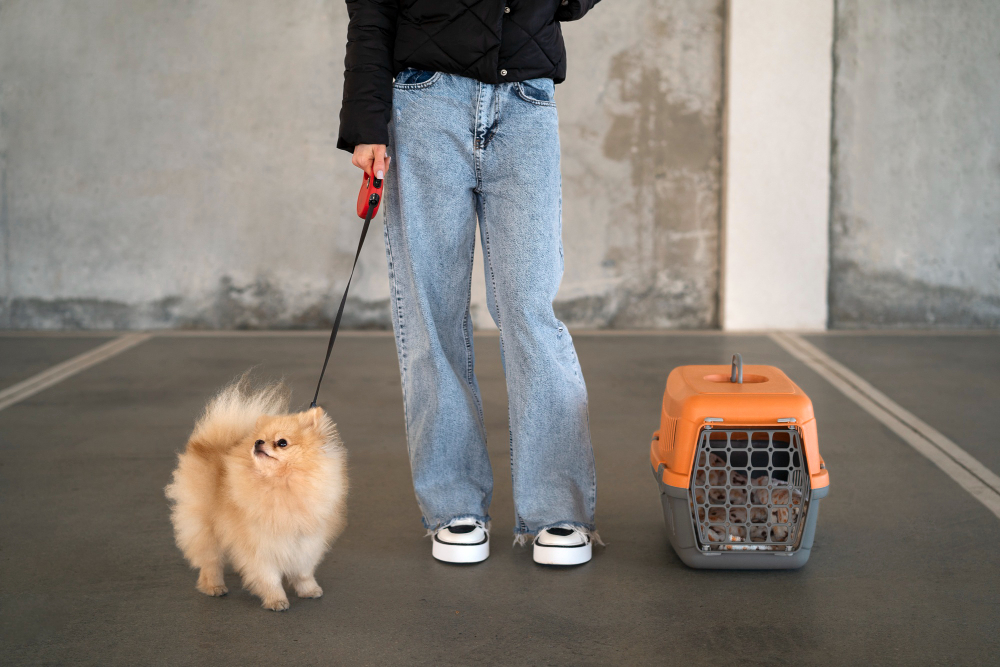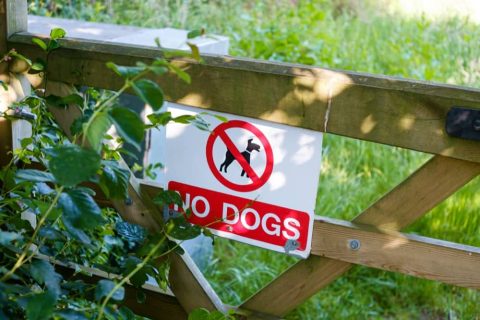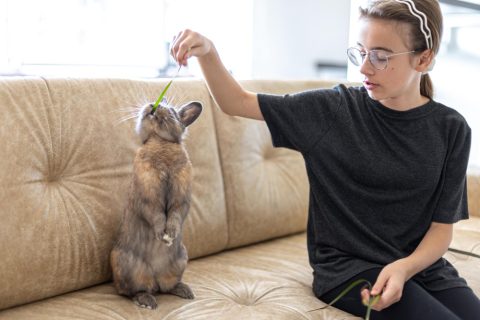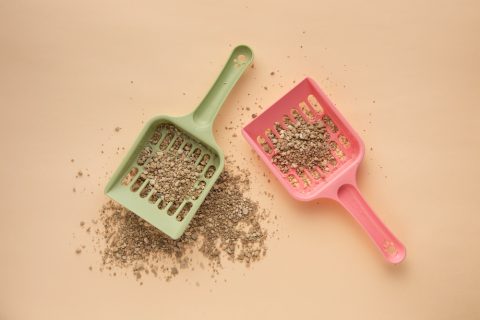Welcoming a new puppy into your home is one of life’s most joyful experiences. Their boundless energy, wagging tails, and sweet cuddles can light up any room. However, the early stages of puppyhood also come with their fair share of challenges—from bathroom mishaps to mischievous chewing. Amidst all the excitement and tiny disasters, crate training emerges as one of the most effective ways to guide your puppy toward good behavior and a secure, happy life.
Contents
Introduction
Crate training, when done with care and consistency, provides a secure space for your puppy to learn, grow, and feel safe. By tapping into their natural denning instincts, you can set your puppy up for success—without the tears.
Choosing the Right Crate
Not all crates are created equal. When selecting a crate, prioritize durability, comfort, and size. Your puppy should be able to stand up, turn around, and lie down comfortably. Airline-style crates offer cozy enclosures, while wire crates provide more visibility. Some pet parents in communities like Pet Paradise recommend starting with a divider panel so the crate “grows” with your puppy.
Step-by-Step Puppy Crate Training
Step 1: Create a Positive Association
Place the crate in a busy area of your home, like the living room. Line it with a soft blanket or a crate mat. Toss treats or favorite toys inside to encourage exploration. Praise your puppy for any interaction with the crate—sniffing, stepping inside, or lying down.
Step 2: Feed Meals Inside the Crate
Associate happy moments with the crate by feeding your puppy inside it. Start by placing the bowl near the entrance, then gradually move it deeper inside. Eventually, your puppy will happily rush to their “special place” for mealtimes.
Step 3: Short Crate Sessions
Once your puppy is comfortable eating inside the crate, gently close the door for short periods while you’re nearby. Start with 5-10 minutes, slowly increasing the time. If your puppy whines, avoid letting them out immediately—otherwise, they might learn that whining gets them a ticket out.
Step 4: Extend Alone Time
Practice leaving your puppy crated while you step out briefly—maybe to grab a coffee. Begin with 10-15 minutes and work up to an hour. Tools like a remote pet camera can be invaluable for monitoring behavior and ensuring they’re settling well.
Step 5: Incorporate Crate Games
Make the crate fun! Play fetch by tossing toys into the crate or hide small treats inside for your puppy to discover. This reinforces the idea that the crate is a safe, happy place.
Step 6: Remove Collars Inside the Crate
Safety first: Always remove collars or tags before crating. Puppies can accidentally get caught and injure themselves.

Common Challenges and How to Overcome Them
Whining and Crying
It’s heartbreaking to hear your puppy cry, but patience is key. If you’ve ensured they’ve been fed, exercised, and had a potty break, try to ignore brief bouts of whining. Consistency will teach them that calm behavior earns rewards.
Too Much Time in the Crate
Puppies, especially those under six months, shouldn’t be crated for more than three to four hours during the day. Balance crate time with supervised play and potty breaks to prevent accidents and frustration.
Accidents in the Crate
If accidents happen, reassess your schedule. Puppies need frequent potty trips. Using training aids from trusted brands like HomeAgain Pet Recovery can help maintain consistency and track progress.
Benefits Beyond Training
Crate training offers lasting benefits that go beyond housebreaking. Whether you’re traveling and staying at a pet-friendly hotel in San Diego or visiting family, a crate-trained dog adjusts more easily to new environments.
Other advantages include:
-
Emergency Preparedness: In cases like pet emergencies in Chicago or other cities, a crate-trained dog is easier to transport safely.
-
Boarding and Daycare: Facilities like Happy Tails Pet Resort often require crate training for stays.
-
Safe Car Rides: Crating in the car keeps your puppy safe and secure during trips.
Final Tips for Crate Training Success
-
Keep crate sessions positive and low-pressure.
-
Use durable toys like KONGs filled with a small amount of frozen peanut butter.
-
Stay consistent even during setbacks.
-
Celebrate small wins, whether it’s a calm nap or voluntarily entering the crate.
Crate training isn’t just a technique—it’s a gift you give your puppy, offering security, structure, and independence. Stay patient, and soon your puppy will see their crate as a true lucky pet haven.









